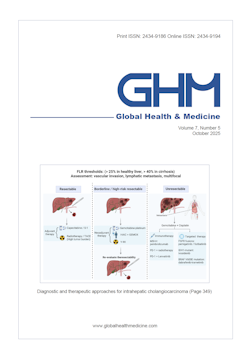Global Health & Medicine 2020;2(2):73-77.
The COVID-19 pandemic preparedness ... or lack thereof: from China to Italy
Villa S, Lombardi A, Mangioni D, Bozzi G, Bandera A, Gori A, Raviglione MC
COVID-19, that emerged in December 2019 in the city of Wuhan, China and is caused by the severe acute respiratory syndrome coronavirus 2 (SARS-CoV-2), has rapidly evolved into a pandemic. Italy has become one of the largest epicentres outside Asia, accounting now for at least 80,539 infections (cumulative incidence of 95.9/100,000) and 8,165 deaths (case fatality rate 10.1%). It has seriously affected people above the age of 60 years. The International Health Regulations (IHR) revised in 2005 bind governments to disclose vital information regarding the identification and detection of new disease outbreaks regardless of its causative agent. In contrast to the previous SARS epidemic, China timely informed the world about the onset of a new outbreak. It also soon disclosed the clinical characteristics of patients with COVID-19. Unfortunately, despite the fast recognition of the Chinese epidemic, the application of the 2005 IHR was not followed by an effective response in every country and most health authorities failed to rapidly perceive the threat posed by COVID-19. To further complicate matters, IHR implementation, which relies primarily on self-reporting data rather than on an external review mechanism, was limited in speed and further hindered by high costs. The response in Italy suffered from several limitations within the health system and services. The action against this threat must instead be quick, firm and at the highest trans-national level. The solution lies in further strengthening countries' preparedness through a clear political commitment, mobilization of proper resources and implementation of a strict surveillance and monitoring process.
DOI: 10.35772/ghm.2020.01016







